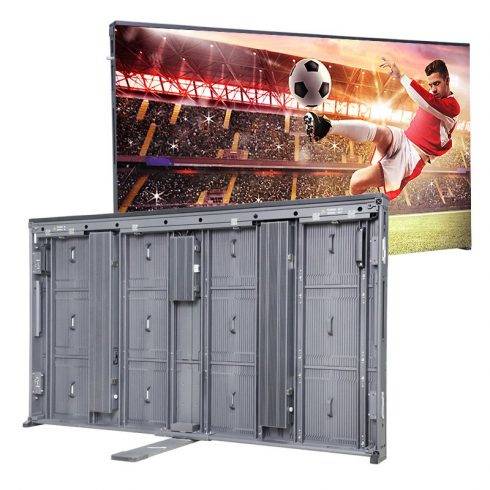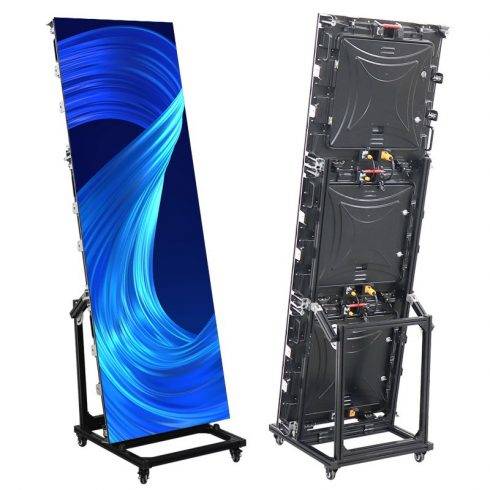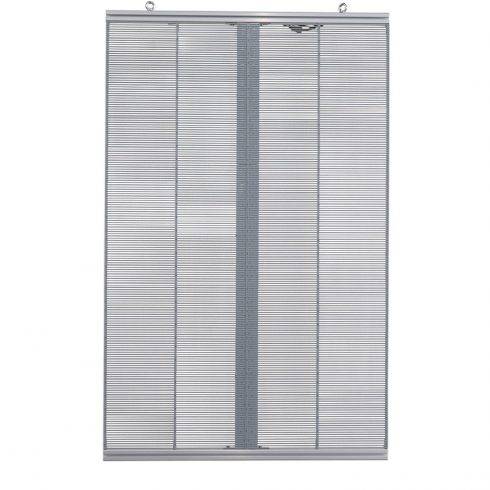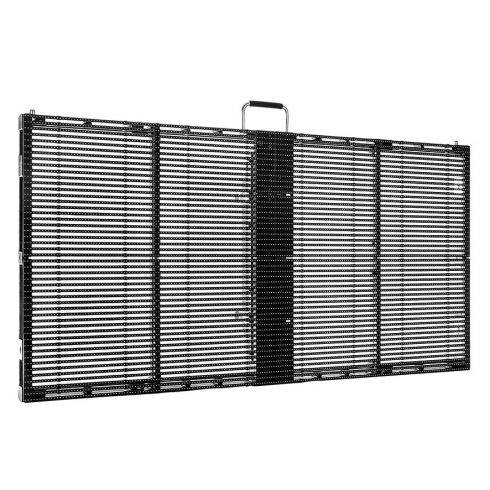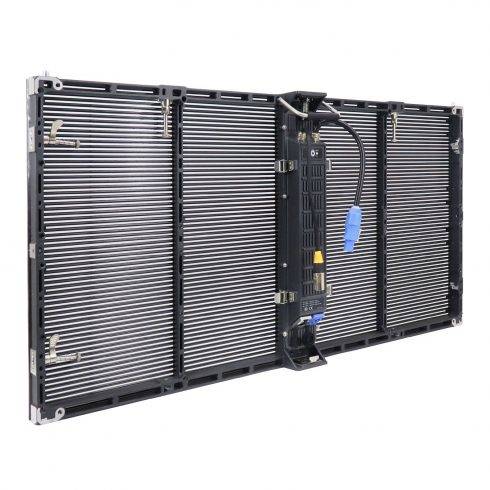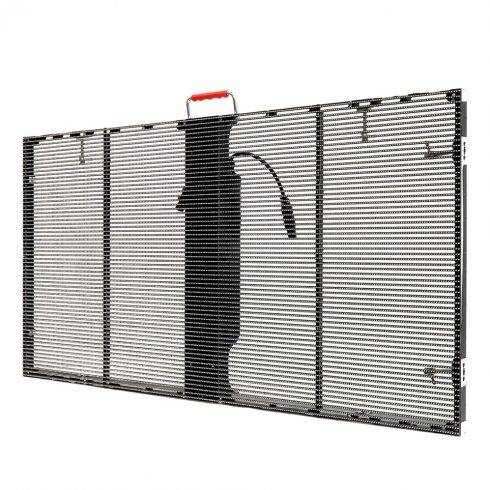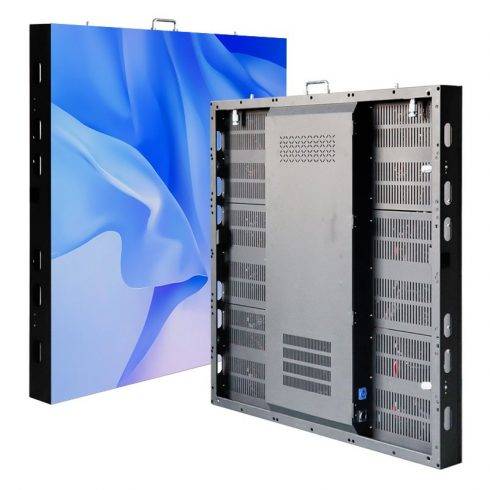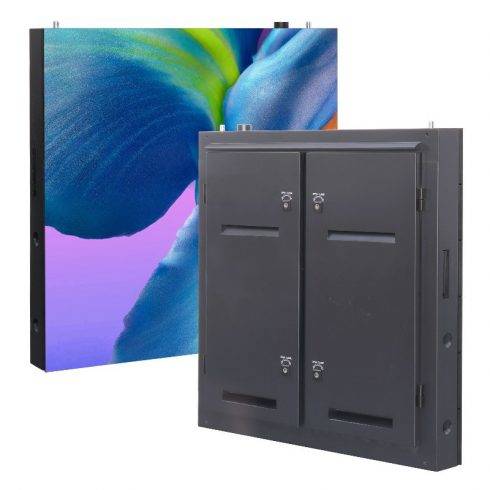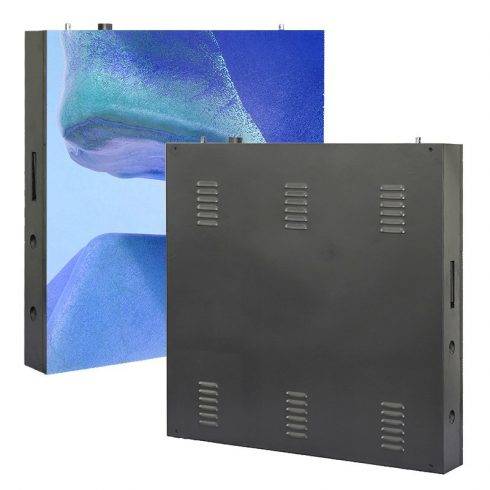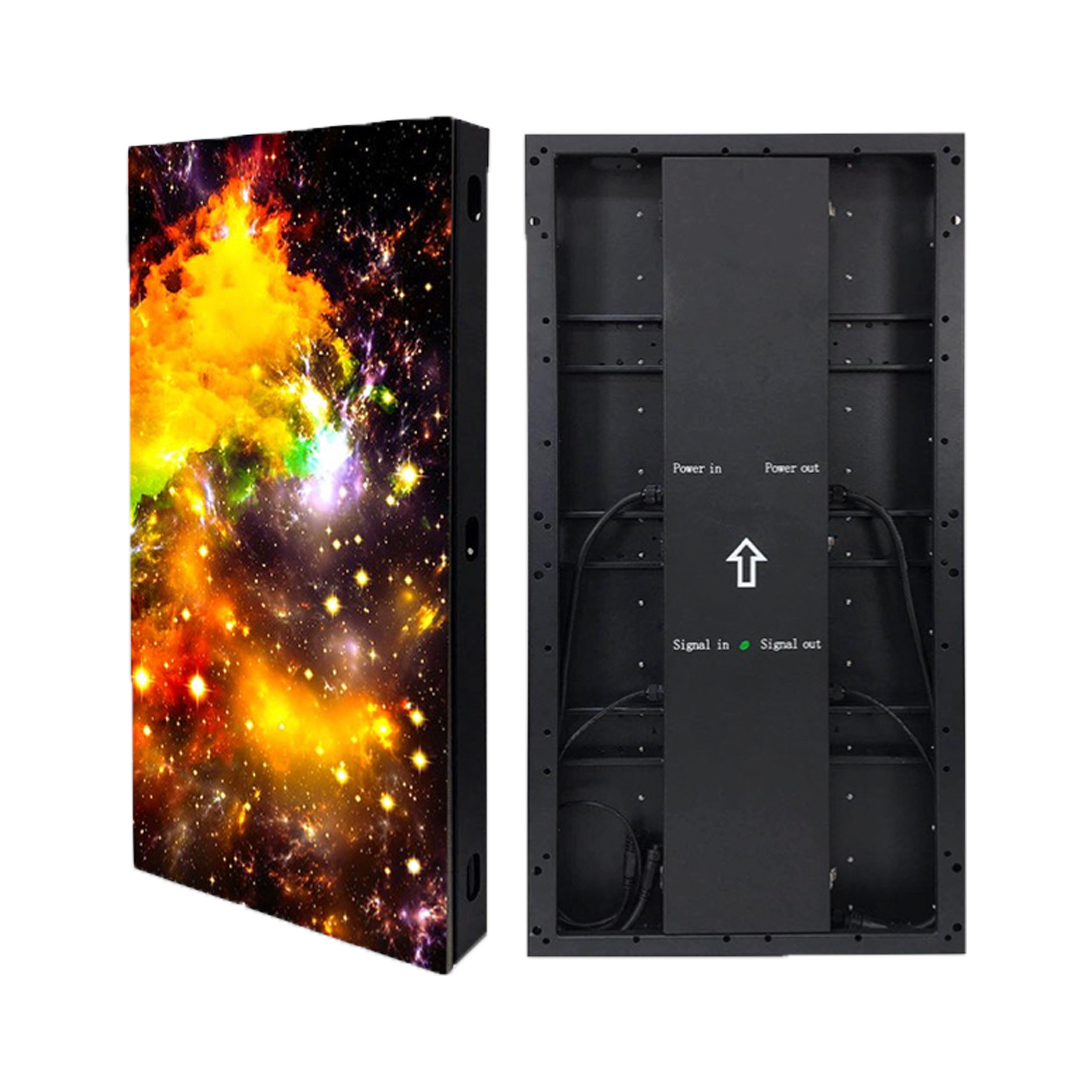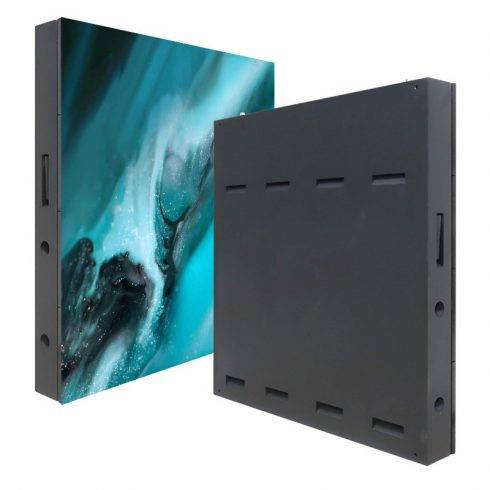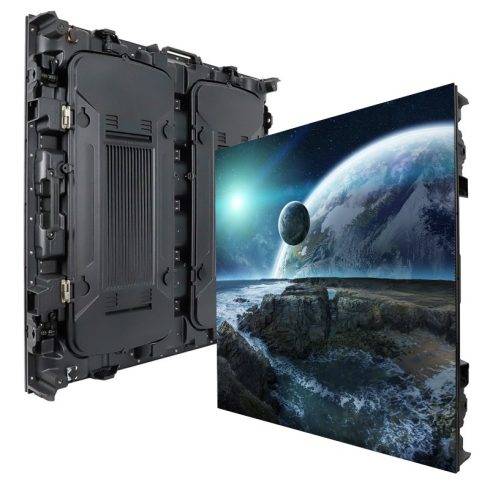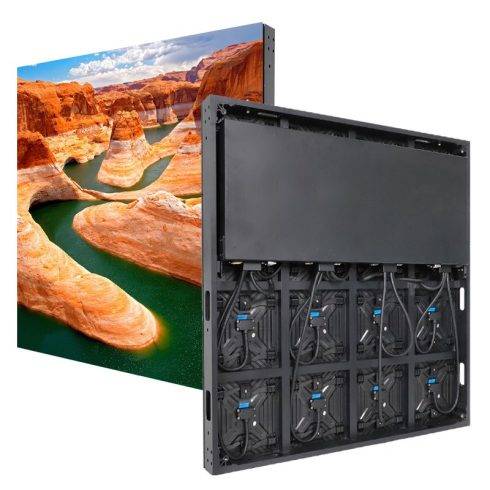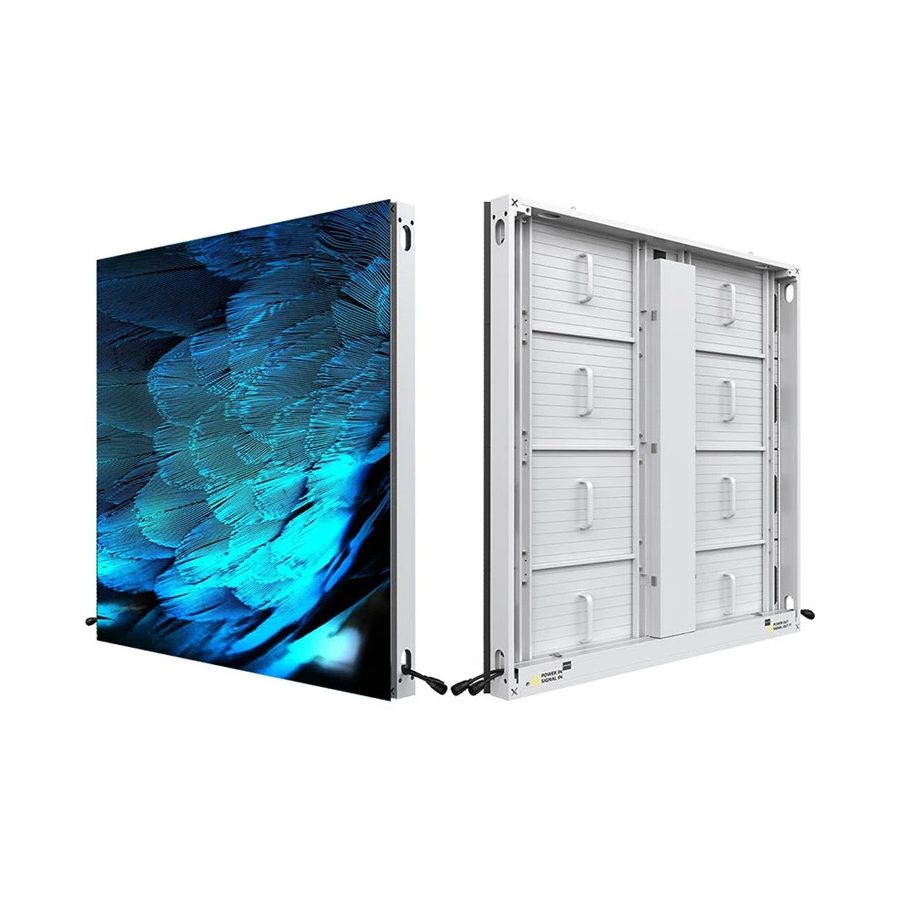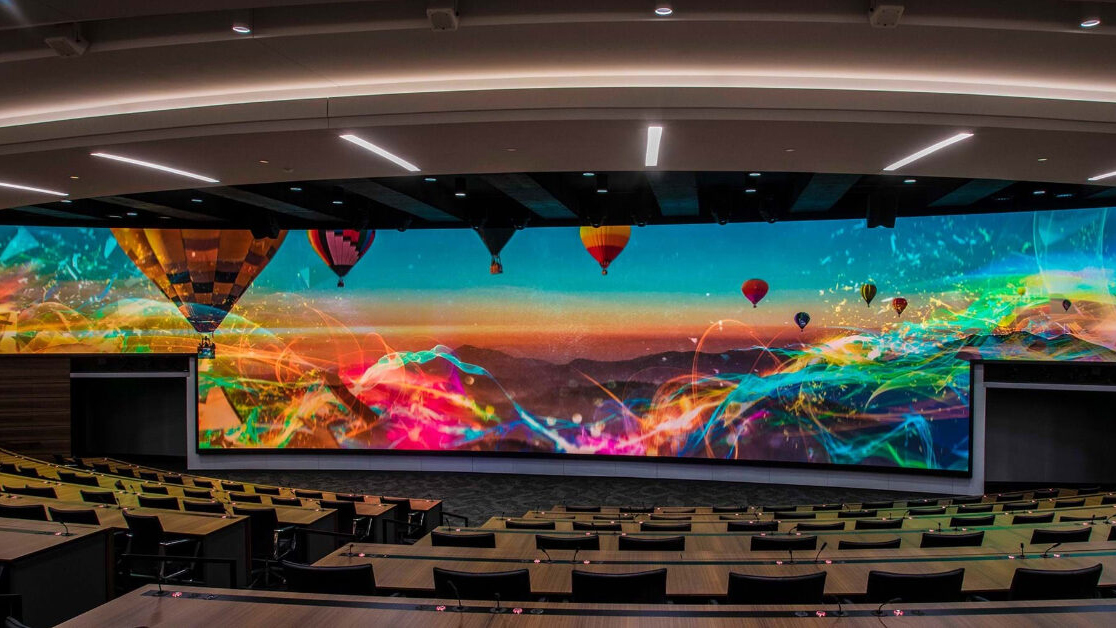Full-color LED displays are popular for their vibrant visuals, making them ideal for everything from large-scale outdoor advertisements to immersive indoor experiences. However, achieving high-definition (HD) quality on an LED display requires optimizing several factors, such as pixel pitch, brightness, and color accuracy. This guide explores the key elements involved in improving the high-definition quality of full-color LED displays, offering practical tips and strategies to achieve stunning visual clarity.
1. Understanding HD Quality in LED Displays
High-definition in LED displays refers to the clarity, sharpness, and detail in the visuals displayed. A full-color LED display that achieves HD quality is one that has high resolution, excellent brightness, and color consistency. In the LED display context, HD quality is influenced by factors such as pixel density, calibration, and refresh rate. By fine-tuning these elements, you can significantly enhance the display’s image quality.
2. Key Factors That Influence HD Quality in Full-Color LED Displays
Several key factors influence HD quality in full-color LED displays, and optimizing each one can help improve the overall clarity and visual impact of your display.
Pixel Pitch
Pixel pitch, the distance between the centers of two adjacent pixels, is a crucial factor for HD quality. A smaller pixel pitch increases pixel density, which results in sharper images. For instance, a display with a pixel pitch of 1.5 mm has a higher pixel density than one with a 3 mm pitch, making it more suitable for HD content.
Solution: Select a smaller pixel pitch for close-up viewing environments or for displays that need to showcase fine details, such as text or intricate graphics.
Resolution
Resolution is determined by the number of pixels along the display’s width and height. The higher the resolution, the more pixels the display has, enhancing image detail. Full HD resolution (1920 x 1080) and 4K resolution (3840 x 2160) are becoming standard for high-quality displays, as they provide a rich, immersive viewing experience.
Solution: Choose a resolution that matches the display’s size and viewing distance. For example, a large display viewed from afar doesn’t require ultra-high resolution, whereas a smaller display for close viewing would benefit from higher resolution.
Brightness and Contrast
Brightness and contrast levels also impact HD quality. Higher brightness ensures the display remains visible even in sunlight, while higher contrast brings out image details by making colors appear richer. Low contrast can result in dull visuals and washed-out colors, which affects the HD experience.
Solution: Adjust brightness based on ambient lighting conditions. For outdoor displays, ensure brightness levels of around 5,000 nits or more, while indoor displays generally require 500-1,000 nits. Also, adjust contrast settings to enhance image depth and clarity.
3. Advanced Techniques for Enhancing HD Quality
In addition to basic factors like pixel pitch and resolution, there are advanced techniques to improve the high-definition quality of full-color LED displays. These methods often involve display technology enhancements and careful calibration.
Calibration for Uniformity
Calibration ensures uniform brightness and color across the entire display, which is essential for HD quality. Poor calibration can cause color inconsistencies and uneven brightness, impacting image quality and viewer experience.
Solution: Perform both brightness and color calibration. Advanced LED displays offer automatic calibration features, which adjust brightness and color to maintain consistency. Manual calibration can also be done using specialized software and tools for accurate results.
High Refresh Rate
A high refresh rate, typically 3,840 Hz or above, helps reduce flicker and ensures smooth transitions in fast-moving content, which is crucial for HD displays, especially in live or sports settings.
Solution: Choose a display with a high refresh rate to eliminate flickering, especially for displays that showcase dynamic or live content. A higher refresh rate improves visual quality by ensuring smooth playback and reducing motion blur.
Improving Color Depth and Gray Scale
Color depth, measured in bits, defines how many shades each color can display. Higher color depth, such as 16-bit or 24-bit, allows for more color shades and richer, more natural images. Gray scale, which refers to the display’s ability to represent different levels of gray, is important for achieving smooth color gradients.
Solution: Select an LED display with high color depth and gray scale capabilities. Modern displays with 16-bit or 24-bit color depth offer an improved range of colors and finer gradients, enhancing HD image quality.
4. Practical Tips for Maximizing HD Quality in Different Environments
The environment where the LED display is placed also affects HD quality. Indoor and outdoor displays face different challenges, and fine-tuning settings to suit the environment can make a significant difference.
Indoor HD Displays
Indoor displays typically have controlled lighting, so brightness and contrast can be set to optimal levels for detailed image quality.
- Control Glare: Glare from artificial lighting can affect image quality. Adjust the display angle or add an anti-glare coating to minimize reflections.
- Adjust Viewing Distance: For indoor displays, viewers are usually closer, so prioritize smaller pixel pitches (1.5 mm or below) and higher resolutions.
Outdoor HD Displays
Outdoor displays face additional challenges such as sunlight, weather, and fluctuating lighting conditions. These displays require higher brightness and robustness against environmental factors.
- Optimize Brightness for Sunlight: Outdoor LED displays require high brightness (usually 5,000 to 8,000 nits) to remain visible in direct sunlight.
- Consider Waterproofing and Dustproofing: Outdoor displays must be resistant to water and dust, as exposure to elements can degrade image quality over time. IP65 or higher ratings ensure the display’s durability and longevity.
5. Leveraging Software for HD Quality Enhancement
Advanced LED displays offer software solutions to help manage and optimize HD quality settings. These software options offer precision control over factors like brightness, contrast, and color calibration.
Content Management Systems (CMS)
A CMS allows operators to manage content effectively, optimizing media settings for the best HD display. It can schedule brightness adjustments, change contrast ratios, and improve playback quality in real-time.
Solution: Use a CMS with intelligent features to automate adjustments, reducing manual labor and ensuring consistent HD quality.
Image Processing and Scaling Software
Image processing software allows you to adjust the image scaling, color temperature, and sharpness to suit the display. LED displays often have built-in image processing units that scale content to match the display’s resolution.
Solution: Use image processing software to avoid pixelation and maintain clarity. Proper scaling is especially important when displaying content with a different resolution than the display.
6. Regular Maintenance for Consistent HD Quality
Regular maintenance plays a critical role in keeping your LED display at HD quality levels. Over time, LED displays can experience pixel malfunctions, color fading, or brightness reduction.
Pixel Repair and Replacement
Over time, individual pixels on an LED display may fail, creating black spots. Pixel repair kits or services can fix these spots, ensuring an unbroken HD image.
Cleaning and Dust Removal
Dust and debris can accumulate on the display’s surface, affecting brightness and clarity. Regular cleaning using soft cloths and safe cleaning solutions ensures consistent image quality.
Solution: Schedule periodic cleaning to prevent dust buildup and maintain HD clarity.
Conclusion
Achieving high-definition quality in full-color LED displays involves a combination of choosing the right specifications, leveraging technology, and performing regular maintenance. By carefully selecting the optimal pixel pitch, resolution, and brightness, as well as calibrating and using software solutions, you can significantly enhance HD quality. Whether used indoors or outdoors, a well-optimized full-color LED display will provide a visually impactful experience, meeting the demands of modern viewers for clear, crisp, and vibrant visuals.







